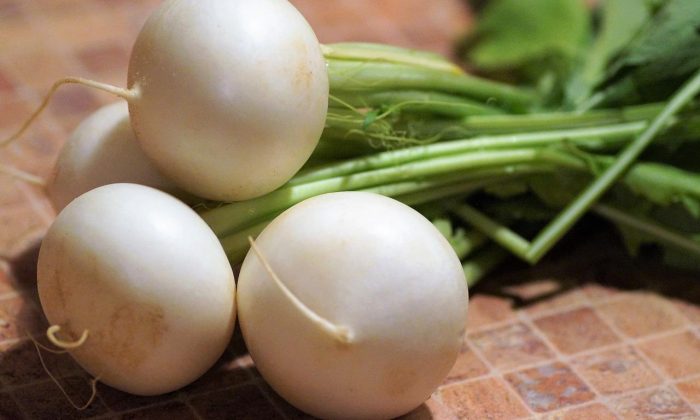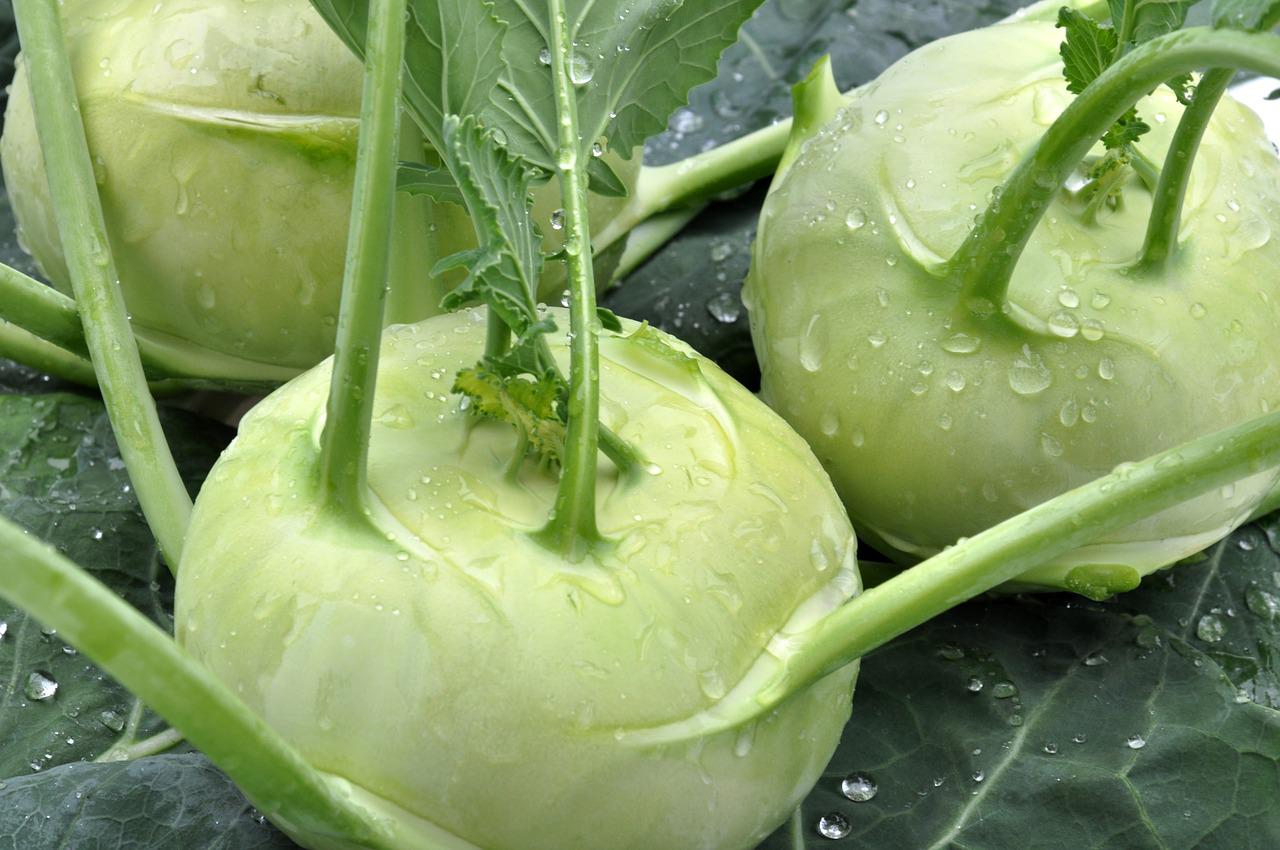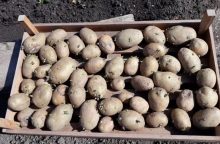You can start growing cruciferous vegetables even in June

In June and summer, you can sow and plant a variety of cruciferous vegetables. We shall tell you what kinds of vegetables are best for this type of sowing and planting. Take a look at our short list and decide for yourself whether you want to make additional use of your garden – even after you have harvested the early varieties.
White radish
White radish is not very common cruciferous vegetable in Central Europe, but it has begun spreading and people are more aware of it now. If you already tried this vegetable and would like to grow it, then make sure you have light soil and provide plenty of moisture . White radish does not really need a warm weather and that is why you can grow it even in the fall.
Beet (Beta vulgaris)
Beet is another vegetable that you may sow later. If you do, sow it in rows 30 to 35 cm apart . Once the seedlings emerge, check that they are not too close to each other. This is called thinning. Beetroot is very good in salads or for canning and it is used to support treatment of liver diseases or to fight hardening of the arteries.
Radish
You may sow radishes from spring all the way to August . There are several varieties to choose from. As with any root vegetable, it is best eaten raw. Excessive spiciness of radishes is usually due to a particular variety or due to lack of water during the growing period. So, if you grow them in dry conditions, expect your radishes to be spicy.
Kohlrabi
Kohlrabi is a very popular vegetable but it needs a lot of water. If you want to grow kohlrabi without woody parts, keep the soil moist all the time. The last month you may plant white kohlrabi is June, but if you plant earlier, choose blue kohlrabi varieties instead.
Photo: Pixabay
Black radish
Black radish is not known very well, but it has many uses in the kitchen. It has a typical spicy taste which makes it suitable as a side dish for meats – you may use horseradish instead because the taste is similar. Growing conditions are similar to white radish . One potential benefit of this crop is that it has diuretic effects – just like horseradish, but even stronger. If you do not like the spiciness of black radish and would you like to get rid of it, then grate it finely and salt it. After a while, when the radish starts releasing juice, you may use it. The spiciness will be greatly reduced. Black radish is also excellent when stewed or cooked.
Photo: Pixabay

Gardening is my hobby, I have a lot of experience and I am happy to share it.









0 comments